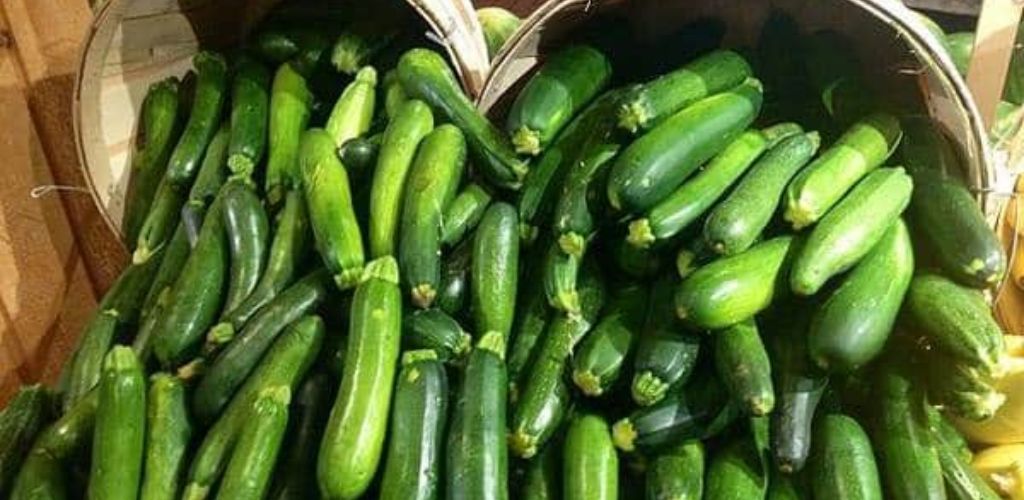How to Grow Zucchini on your Balcony?
Zucchini is a plant in the Cucurbitaceae family. The term designates a set of cultivars of the species Cucurbita pepo, and the subspecies Cucurbita pepo ssp. pepo (which also includes real pumpkin).
Zucchini can be eaten cooked or raw like cucumbers. It is common in Mediterranean gastronomy. Cooked, it is eaten boiled and accompanied by other vegetables, as in ratatouille, sautéed, fried, stuffed, in gratin or in soup. In the soup, it replaces the potato. Zucchini is easy to grow in a home vegetable garden. The simplest and safest is to transplant young plants purchased from a professional in the spring.
1 – HOW TO PLAN IT IN A POT?
Planted or sown, you will be careful to choose the right container for your plants, but also a soil rich enough to feed this gourmand and a choice location.
2 – WHICH POT TO CHOOSE?
Zucchini is a fairly bulky vegetable plant, it needs a tall and wide pot. The correct depth of the pot is 50 cm, for that much side. Regarding the material, you have the choice between terracotta which is porous and breathable but heavy, and plastic, light and economical but which heats up quickly and allows neither air nor water to pass through. There are also geotextile pots which offer both lightness and porosity.
You will install your plants in the sun, but be careful of scorching exposure, in this case prefer partial shade for the hottest hours.
You will spread a thick layer of drainage at the bottom of the pot, made with gravel or clay balls for example. The potting soil, special for vegetable gardening, will be judiciously supplemented with decomposed manure or compost, at the rate of 1 l of potting soil for 1 l of organic matter. Thus enriched, the substrate will offer, in addition to the nutrients essential to the development of the zucchini and its fruits, a material with a good water retention capacity.
3 – MAINTENANCE
Squash requires some special care to grow well and bear fruit:
- Water once a week (more in case of extreme heat) to wet the soil deeply.
- Avoid wetting the foliage.
- When 5-6 fruits begin to develop, cut off the other small ones that appear so that the plant concentrates its energy on the plants already growing.
- Cut the stems above the 3rd or 4th leaf to stimulate the plant’s development and obtain production.
- If there are not many pollinating insects, no fruit may develop. It is then necessary to carry out manual pollination: we start by differentiating the male flowers (which are usually erect at the end of a long peduncle) and the female flowers (which are lying closer to the ground and at the base of which we can observe a minifruit.) The technique consists of delicately taking pollen from a male flower, with a clean brush or cotton swab, then depositing it on the stamens of a female flower. For a more detailed explanation: Hand-pollinate squash.
4 – WHEN TO HARVEST ZUCCHINI?
The harvest takes place two to three months after sowing: the zucchini are picked young, tender, when they measure between 15 and 25 cm in length. Harvest the zucchini as they develop and as needed without letting them get too big.
